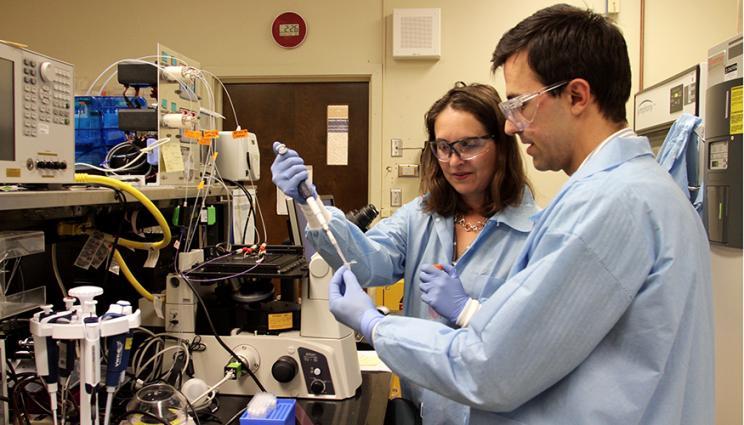The continued expansion of the pharmaceutical and biotechnology industry in North America, coupled with increasing incidents of cancer, HIV, and Alzheimer’s disease around the globe has resulted in the growing need for more technologically advanced cell sorting techniques for microbial and disease identification. This need for better clinical diagnostic tools is even more apparent with the increasing threat of antibiotic resistant bacteria. However, high instrument cost coupled with an overall lack of technical knowledge and awareness regarding cell sorting continues to hamper the growth of this market.
Despite these largely avoidable setbacks, advancements in microfluidic systems have given researchers the ability to work with compartmentalized, droplet sized sample volumes. Using droplets not only cuts the cost of reagents but also gives researchers the ability to better maintain and control the cells within the sample as well as provide quantitative information. This allows for more reliable and cost-effective separation and sorting processes. Typical microfluidic droplets systems rely on optical methods to analyze reaction products and/or to transport the droplets out of the microfluidic device for analysis. Some of the disadvantages of current techniques are the range of concentrations they can detect and the requirement to include labels in the system, which requires extra sample preparation, adds to the system expense, and potentially affects the function of biological entities. The following technology describes a method for label-free detection of droplets.
LLNL scientists have created a technology that utilizes electrical means, instead of optical methods, to (1) provide label-free detection of droplet morphology; (2) manipulate droplet position through trapping and actuation; (3) track individual droplets in a heterogeneous droplet population; and (4) generate droplets with target characteristics automatically without optical intercession. The technology includes the use of electrodes to assay droplet contents and/or to actuate the droplet to release it from the trap. The technology is useful to detect the presence of cells, nucleic acids, proteins, or solute concentrations in an array of retrievable, trackable, trapped droplets in a closed fluidic system.
The figure shows an example of a system using electrical impedance feedback control for droplet generation.
- Provides label-free detection of droplet morphology
- Enables manipulation of droplet position through trapping and actuation
- Enables tracking of individual droplets in a heterogeneous droplet population
- Generates droplets with target characteristics automatically without optical intercession
- Environmental monitoring
- Pharmacodynamics and drug efficacy
- Genome sequencing
- Food & beverage safety testing
- Biomedical diagnostics
- Forensics analysis
- Identifying and tracking infectious diseases
- PCR processes
- Single cell analysis
LLNL has filed a patent (US Published Patent Application 2020/0101456) covering this technology (LLNL Internal Case # IL-13204)


